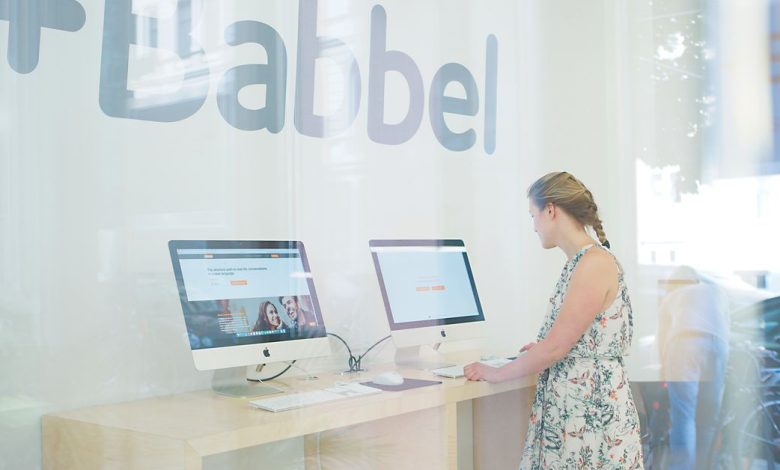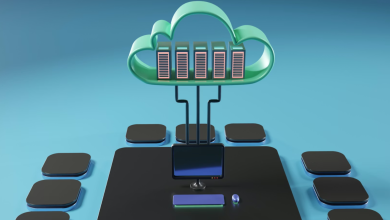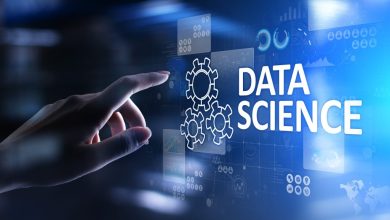
Artificial intelligence is no longer knocking on the office door, it’s already inside the building, reshaping how we communicate, collaborate and learn. From adaptive chatbots to automated feedback tools, AI promises speed, scale and personalisation in workplace learning. Yet in the rush to adopt, many organisations are overlooking a fundamental truth: learning is not just about information, but development and eventually transformation.
I believe the true opportunity of AI lies not in replacing human learning, but in amplifying it, through using technology to make education more inclusive, engaging, and relevant. Without the human element, we risk creating faster ways to train, but not necessarily better ways to grow.
The Limitations of AI
AI has made learning more accessible; employees can now practise languages or receive feedback on demand. But accessibility does not guarantee depth. Valuable learning still requires time, focus and reflection. At Babbel for Business, we see that when organisations protect dedicated learning time, employees not only acquire new skills but also return to their work more motivated and productive.
The goal is not to fit learning around work, but to make learning part of work.
While AI offers convenience, it still struggles with the qualities that define human communication: nuance, cultural awareness, and empathy – often regarded as the building blocks that underpin effective human communication. According to the Future of Jobs Report 2025 and research by McKinsey for the World Economic Forum, AI is driving profound shifts in workforce structures and sparking conversations around the “AI Job Apocalypse”.
Yet the skills that remain most in demand, such as intercultural competence, critical thinking and emotional intelligence, are precisely those which machines cannot replicate and so remain irreplaceable.
Bias within AI systems adds further complexity. As studies such as those published in the World Journal of Advanced Research and Reviews reveal, training data can unintentionally disadvantage underrepresented groups. For workers with weaker digital literacy or limited internet access, AI-driven platforms can deepen inequality rather than bridge it.
That’s why I believe learning technologies must be human-led in both design and delivery. AI can assist, but it should not dictate.
We don’t want to replace educators any more than we want to replace doctors. Just as AI tools can help doctors analyse data faster, freeing them to spend more time with their patients, AI can help teachers and learners focus on what truly matters: the human connection that turns knowledge into understanding.
The Rise of Skills-Based Learning
In response to automation and evolving job requirements, many organisations are shifting from degree-based hiring to skills-based evaluation. Language proficiency and communication have emerged as what education experts call “durable skills” which refers to non-technical abilities that endure through technological change.
LinkedIn’s Future Skills Report 2025 highlights this trend, emphasising the growing demand for adaptive communication, leadership, and collaboration. AI can support continuous, personalised learning rather than one-off training sessions, but this also requires investment in time and resources. For companies, the challenge lies in ensuring that the drive for efficiency does not come at the expense of genuine skill development.
This is why AI needs to be a supportive co-pilot for this process. Intelligent systems can recommend learning content, identify patterns in progress, and even predict areas where a learner might struggle. But it is still the human connection, the sense of purpose, belonging and context, that transforms that learning into a lasting capability which will benefit our future workforces.
Building Resilience Through Language and Communication
In an increasingly globalised workplace, interpersonal, cross-cultural and communication skills are essential to resilience in periods of rapid change and political tensions.
Consider for example a multinational team navigating a crisis. They are multilingual, and have a good command of nuanced communication, thus they do not suffer the consequences of cultural faux-pas or misunderstandings. On the other hand, the literal translations of machine outputs can make mistakes through false-friend translations, potentially catastrophic in high-stakes situations.
AI can supplement language learning practice by offering instant feedback or translation, but it is human mentoring and cultural context that elevate outcomes from adequate to exceptional.
As automation absorbs many entry-level tasks, the next generation of professionals must develop meta-skills that go beyond technical proficiency. That means building confidence and cognitive agility in practical, human ways. Such as learning a new language to expand global understanding, writing a weekly newsletter to strengthen clarity of thought or attending in-person community events to enhance interpersonal communication. These activities train the very abilities AI cannot imitate: creativity, empathy and self-expression.
Retention, Engagement and Inclusion
Inclusive learning is no longer optional, it’s strategic. Employees engage most deeply when they feel represented, supported and understood in their development. Programs that account for language diversity, flexible access and cultural variation see higher participation and retention.
While AI can personalise learning journeys, fairness must be built in from the start. A digital platform that adapts to each learner’s pace is valuable only if every learner can access it equally. Inclusive upskilling retains talent, reduces turnover, and fuels innovation. When employees grow, companies grow with them.
In my opinion, in the AI era, the most competitive organisations will be those that invest not only in digital transformation, but in human transformation, nurturing curiosity and communication across every level of the workforce.
A Human–AI Symbiosis
AI is transforming business learning, but it cannot replace the human touch. The future belongs to companies that see AI not as a replacement, but as a relationship. A symbiosis of efficiency and empathy.
Imagine AI learning assistants that track progress and suggest resources, paired with human mentors who help interpret and apply that knowledge. Contributing valuably to each employee’s growth plan, while human coaches help interpret and apply that knowledge in real-life situations.
The next evolution of workplace learning will not be about humans versus machines, but humans with machines, combining technological precision with human insight.
In the race toward the future of learning, it won’t be artificial intelligence that sets us apart, but emotional intelligence that propels us forward.




